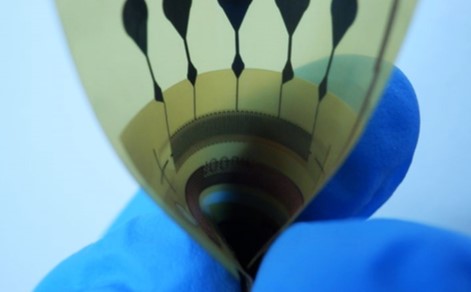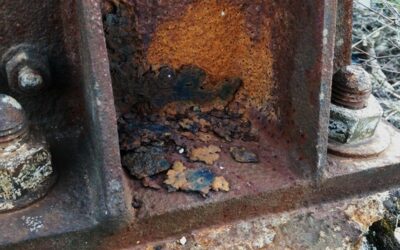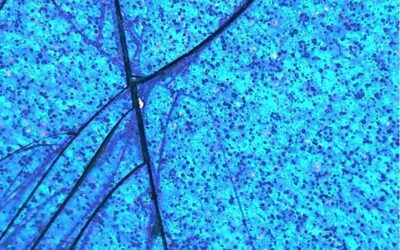As a part of Smart2Go and our own combinatory stretch and bend tester projects, we have been doing bending testing for flex-to-flex (FOF) attachments. Bending tests and other mechanical test methods are extremely important in dynamic flex applications, since a product can be bent thousands or even million times during its lifetime.
Our test structure consists of two silver-printed structures on PET film. The films were attached together using several different anisotropically conductive adhesive films (ACFs). Some of the ACFs were especially designed for flex attachments, some were good-quality adhesives we tend to use in various selection of attachments. Some of the ACFs were epoxy-based, others acrylic-based. More information about electrically conductive adhesives can be found for example here.
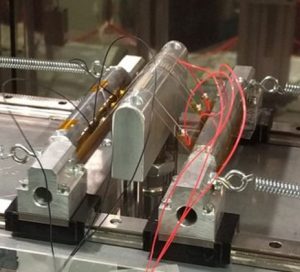
Cyclic bending tester
The test structures were bent up to 100 000 cycles at ambient conditions as shown in the figure below. Resistance of the structure was measured in real-time to capture any changes in the electrical behaviour of the structures during testing. As the figure shows, samples were tested both adjacent and perpendicular to the bending tool.
According to the test results, epoxy-based ACFs may not be the most suitable materials for flexible structures if they are exposed to several bending cycles during their use life: all our epoxy samples failed much quicker compared to acrylic-based samples in bending testing!
The results are not that surprising considering how much less flexible epoxies typically are compared to acrylics! The figure below shows an example of perpendicular samples after bending test: the FOF joint has quite clearly lost adhesion. Even though epoxies do not seem to be good for bending applications, it is good to remember that in many other applications they are superior to acrylics and, therefore, careful consideration of adhesives should always be conducted.
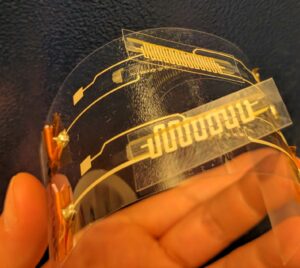
Failed FOF sample after cyclic bending test

